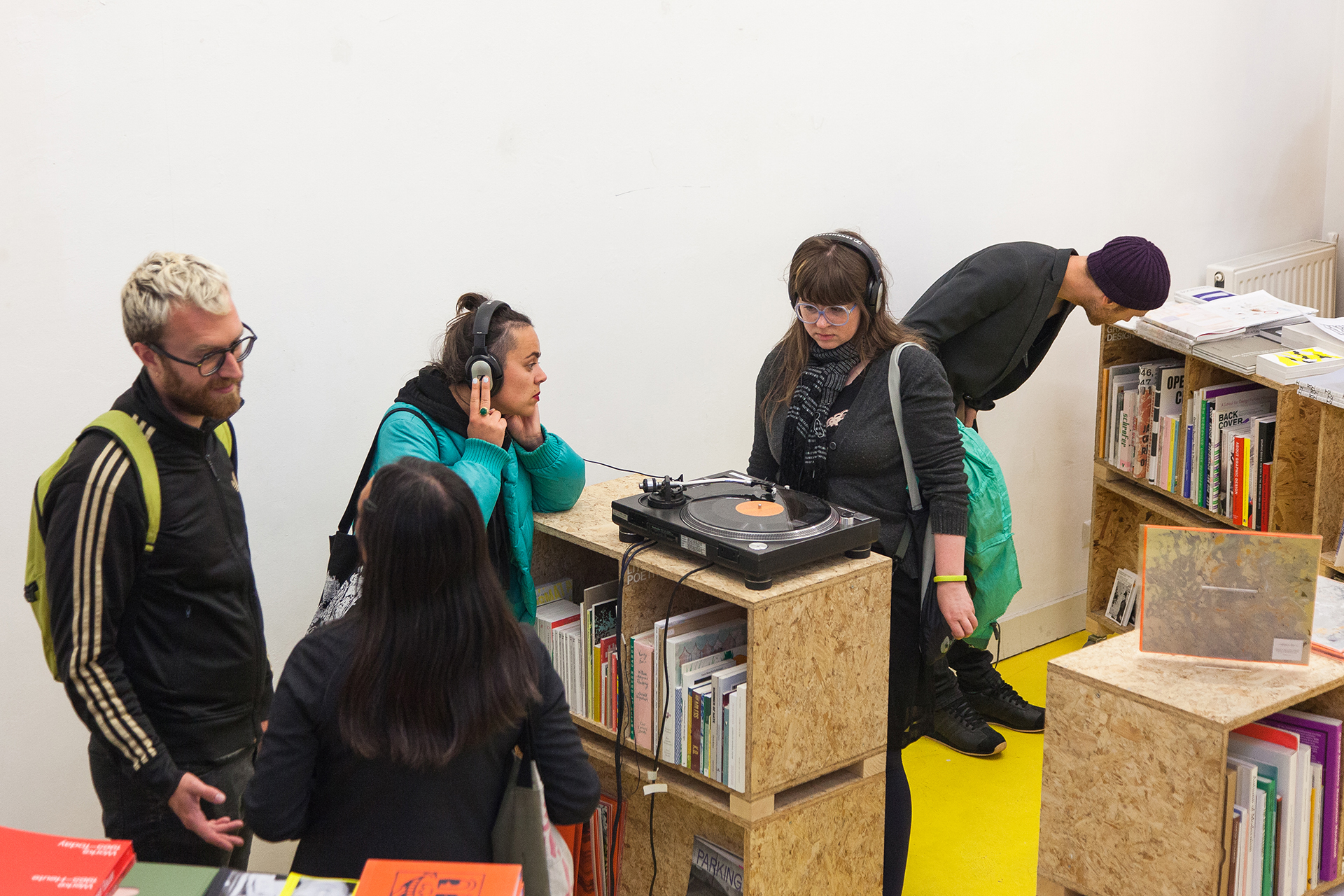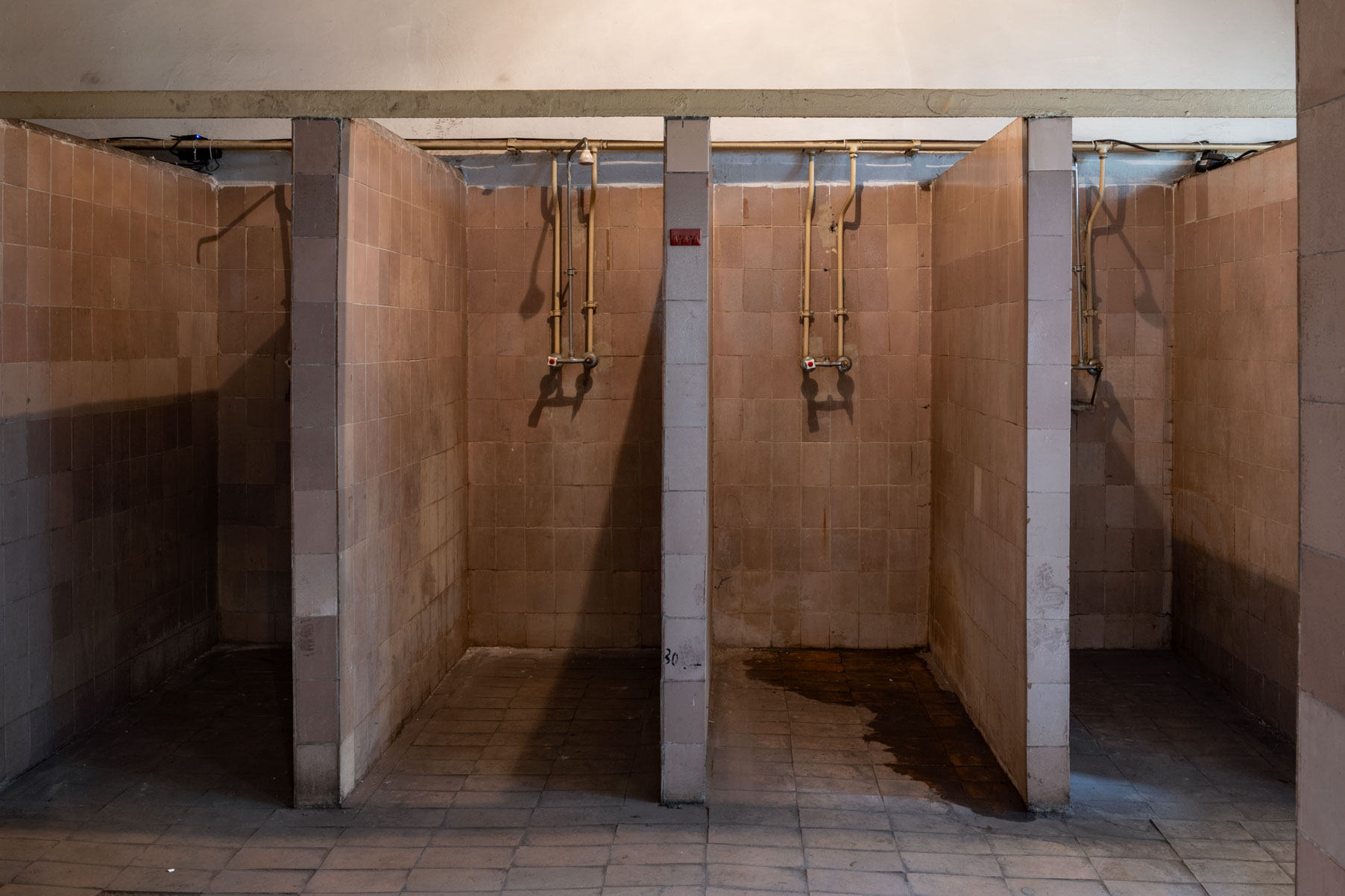Weronika Trojańska
Stan Zanikania
Stany Dźwiękowe
Burden
Reading 26’1.1499
O Wschodzie we Wschodnim
Conductors Ensemble
Ein Schönes Bild
Untitled (Leo Amino)
Close (to) the Sky
I am Sitting in a Room
Conversation Piece
Maciunas Laughter
Perfect Journey
Study for Sturtevant Voice
Personal Archive
NEWS
Event Swirl
www.eventswirl.com
About
Contact
Stan Zanikania
Stany Dźwiękowe
Burden
Reading 26’1.1499
O Wschodzie we Wschodnim
Conductors Ensemble
Ein Schönes Bild
Untitled (Leo Amino)
Close (to) the Sky
I am Sitting in a Room
Conversation Piece
Maciunas Laughter
Perfect Journey
Study for Sturtevant Voice
Personal Archive
NEWS
Event Swirl
www.eventswirl.com
About
Contact
STUDY FOR STURTEVANT VOICE (COVER VERSION), 2015, audio recording on a vinyl record 12", Elaine Sturtevant (1924-2014) gained popularity and recognition thanks to the creation of her own versions (repetitions) of the works of her contemporaries (e.g. Warhol, Oldenburg, etc.), which is why she was called the precursor of appropriation art. The artist raised questions about creativity, authorship and originality to a conceptual level. By activation of repetition she intended to show the difference, which differed it from a copy. "Reproducing" the works of other artists of her generation, she performed their gestures with her own body - proving that the process of creation is not homogeneous and does not refer to only one person doing it. So what can the body do to distinguish repetition from difference? Voice is an acquired trait. The first three years of life, when the brain develops and matures, are the most important period for shaping speech and acquiring language skills. Throughout life, environmental factors influence the specifics of our voice and how it is presented to the world. With the help of professionals, I learned Sturtevant's voice - adopting it to my own. The intention was not only to imitate, but above all to try to understand and reproduce its values. Contrary to what G. Paollini said, "it seems that Sturtevant was the only artist who cannot be copied." Traces of this process are recorded in the form of an audio tracks.

Where there is Sea There are Pirates, 3137 (in collaboration with NEW STUDIO, London), Athens, Greece, 2016

San Serriffe, Amsterdam, The Netherlands (photo by Konstantin Guz)

San Serriffe, Amsterdam, The Netherlands (photo by Konstantin Guz)

Rongwrong, Amsterdam, The Netherlands (photo by Konstantin Guz)
 Rongwrong, Amsterdam, The Netherlands (photo by Konstantin Guz)
Rongwrong, Amsterdam, The Netherlands (photo by Konstantin Guz)

SURVIVAL 21. Art Review - Erzac, Popowice Depot, Wrocław* (photo by: Małgorzata Kujda)
 SURVIVAL 21. Art Review - Erzac, Popowice Depot, Wrocław* (photo by: Małgorzata Kujda)
SURVIVAL 21. Art Review - Erzac, Popowice Depot, Wrocław* (photo by: Małgorzata Kujda)*this artwork has been commissioned for 21st Survival Art Review by the ArtTransparent foundation